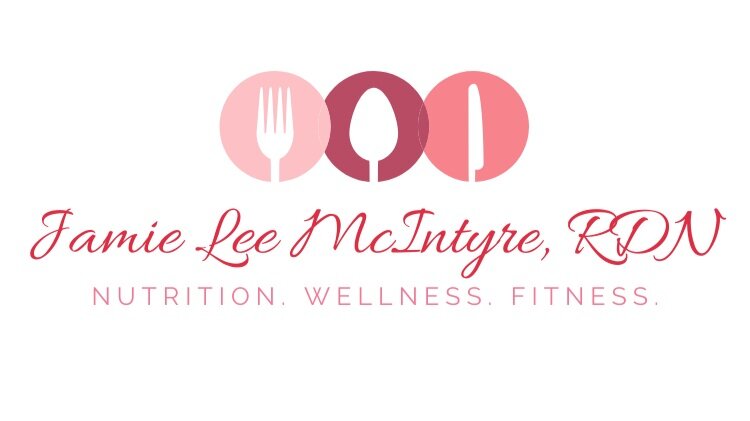What are prebiotics and probiotics?
We have both good and bad bacteria in our gut. Probiotics are friendly organisms that restore balance of the good and bad bacteria in the digestive system. Research suggests probiotics can help with diarrhea caused by antibiotics, as well as eczema and immunity. Some kinds of probiotic products, like kefir also contain prebiotics, like inulin, which feeds the probiotics and enhances their population in the gut.
Where are prebiotics and probiotics found?
Kefir is a cultured milk product that is similar in taste and texture to drinkable yogurt. This creamy, tangy drink is made by adding kefir grains to milk, which leads to fermentation. Kefir grains are protein-based clusters containing probiotic cultures, proteins, fermenting agents, and lactic acid. Kefir contains Lactobacillus Caucasus, Leuconostoc, Acetobacter species, and Streptococcus species, as well as some beneficial yeasts that aren’t found in yogurt. Fermentation, bacteria and yeasts might sound unappealing, but this is what makes Kefir good for you! Like yogurt, kefir comes in plain, non-fat, low-fat and a variety of flavors like strawberry, blueberry, pomegranate and vanilla. All varieties of yogurt and kefir will offer up probiotics, which make the products popular with individuals suffering from gastrointestinal problems like constipation, diarrhea, bloating, and gas. Even those who are lactose intolerant can usually tolerate kefir and yogurt because the live cultures “predigest” the lactose. It has been suggested that probiotics may even aid in cancer risk reduction, and weight control- but evidence is less conclusive at this time.
In what way should I consume prebiotics and probiotics?
You may see probiotics sold in the form of supplement pills, but consuming them in the form of yogurt and kefir in your overall balanced diet will come along with a number of other nutrients too. The protein content (8-16g per 8oz) can help with satiety, and you’ll also get a good source of Vitamin A (10% DV), Vitamin D (25% DV), and Calcium (30% DV) – based on a 2000 calorie a day diet. Just be careful not to overdo it on the flavors with added sugars. Kefir and yogurt can be drank alone, blended with fruit in a smoothie, poured over cereal, or used instead of buttermilk in recipes, like soups and baked goods. Some companies even produce frozen kefir and yogurt as desserts. The frozen probiotics defrost in the warmth of your internal body temperature, causing them to become live again once in the gut.
Recipe: Try the recipe below for a healthy start to your morning!
Ingredients:
8 oz. Plain 1% Kefir
1 Cup Fresh or Frozen mango
1 handful baby spinach
1 tbsp flaxseed meal
Directions:
Blend all ingredients in a blender. Add a splash of milk of choice if a thinner texture is preferred.

